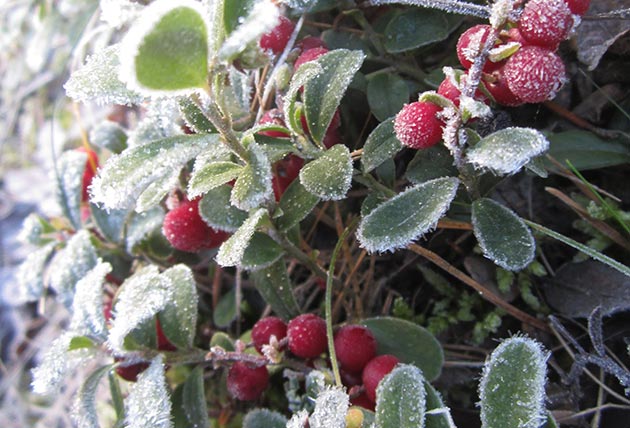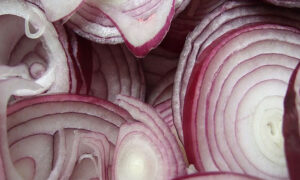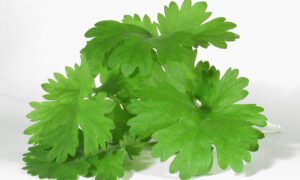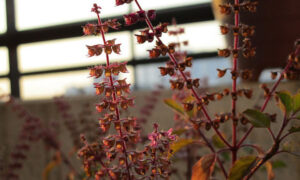Growing herbs in winter is not difficult at all, but then again it all depends on the types of herbs that you are growing. The herb is either a perennial or annual, and this dictates whether the herb will survive the winter or you would need to plant it anew come spring.
Sage and thyme are perennials that can wait out the winter, although they enter a hibernation state and may appear to die. During winter, their leaves wither, but if you scratch the skin of the stem, you should see green matter; this is a sign that the plant is alive and well. Conversely, basil, being an annual, will not survive the winter – unless you plant it in a greenhouse.
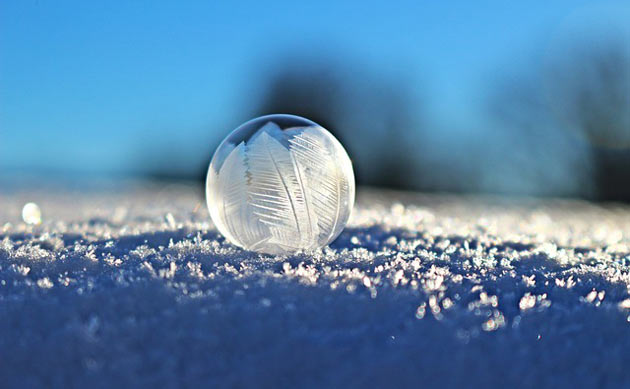
During the approach to winter, you will notice all your herbs preparing themselves for it. Most herbs lose their leaves, and the stems may wither. For perennials, the roots will survive, although the plant will be dormant. For annuals, the roots die too.

The good thing about herbs is that their requirements are not as demanding as other plants. Although they don’t require much fertilizer, if you are going to add any fertilizer to the soil, do it before autumn sets in. The reason being that you don’t want the plants to have an incomplete growth spurt that will have to be shut down in winter. The growth spurt will make the plant weaker and less able to survive the winter.
When it comes to pruning, apply the same logic. If you trim the herbs during the onset of autumn, new growth will be stimulated, but the new shoots will not have enough time to mature before winter. This in turn will stress the herb the following spring, when it has to deal with the dead growth.
Remember that herbs need good soil drainage, and many prefer drier soil. In their native habitats, herbs like rosemary, lavender, and thyme all come from dry climates and grow in rocky dry soil. Peppermint may like slightly more moist soil, but again, soil drainage is important – more so in winter.
When soil is wet, it draws out more heat from the plant, than when it’s dry. When it’s too cold, the soil will freeze and this can damage the roots, due to the alternating freeze and thaw. The right soil has a good mix of sandy loam and clay soil. Sandy loam allows both air and water to circulate between the soil particles.
Mulching the soil will help a great deal. Pine bark and needles mixed together, sawdust, or any commercial product is great for the purpose. Sometimes, building a small wire cage around the herb helps to keep the mulch in. Lining the cage with plastic can block out cold winds. As long as you prepare in advance for winter, your herbs should be great come spring time.

